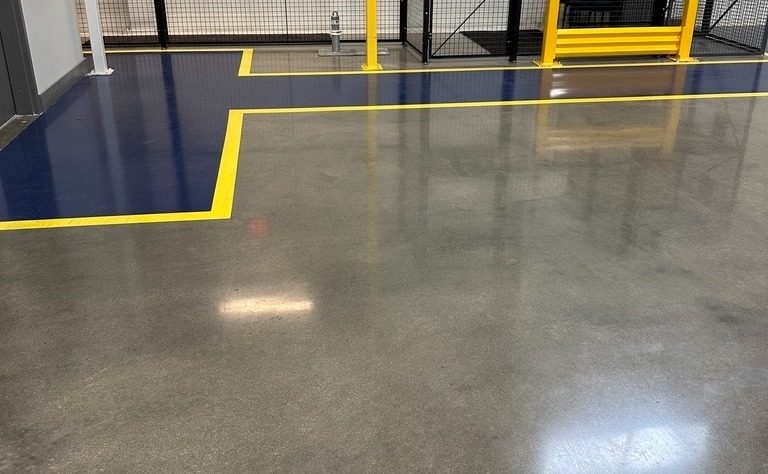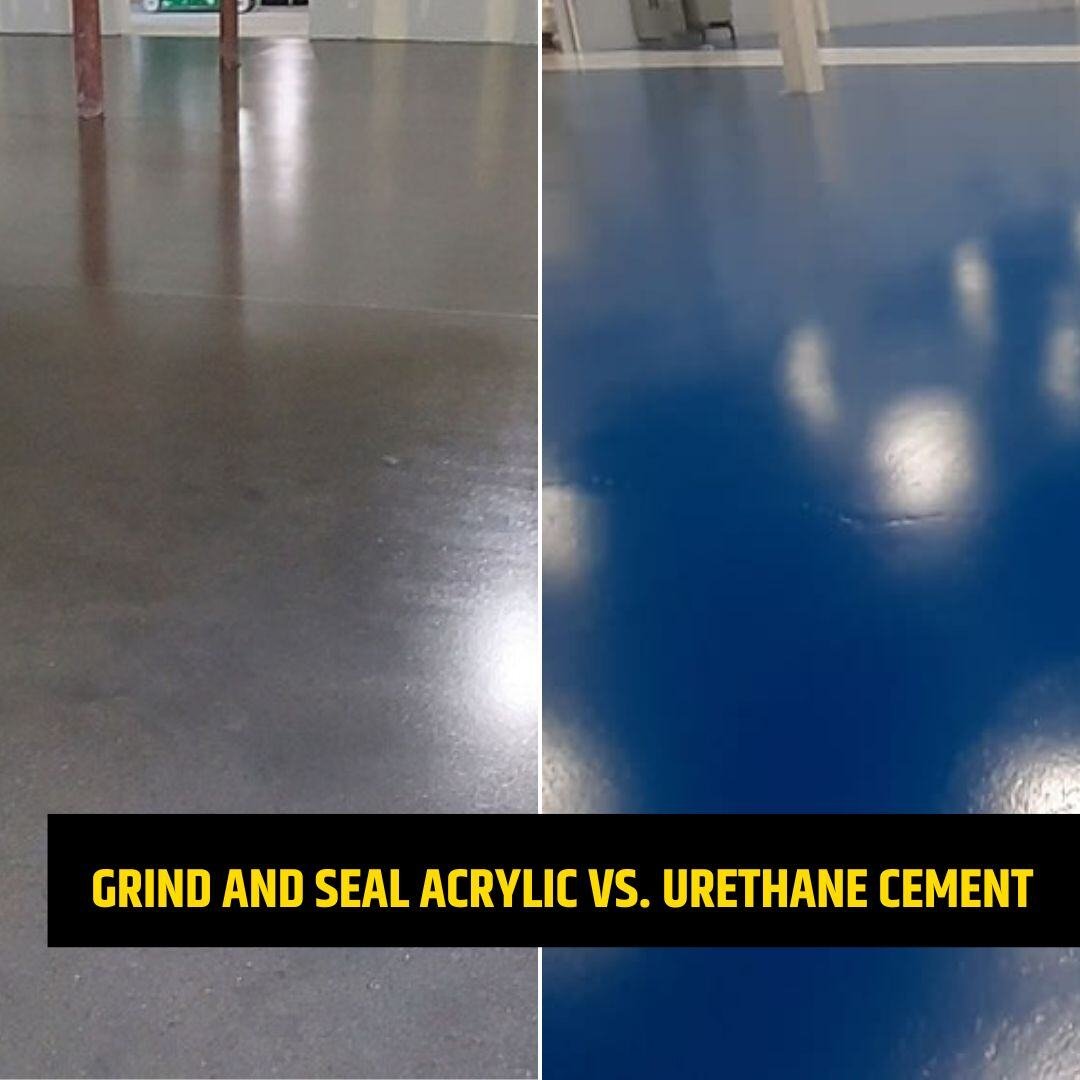
When planning a construction or renovation project, choosing the right materials isn’t just about durability and appearance—it’s also about safety. One term you may come across in flooring systems, paints, adhesives, and coatings is “zero VOC.” But what does zero VOC mean, and why does it matter?
Understanding this label can help you make healthier, more environmentally responsible decisions—whether you're upgrading a factory floor, finishing a warehouse, or working on a high-traffic commercial space. This blog breaks down what zero VOC actually means, why it’s important, and how it impacts your space long term.
What Does Zero VOC Mean?
VOC stands for volatile organic compounds—chemicals that easily evaporate at room temperature and are often found in products like coatings, sealants, cleaners, and adhesives. Many of these compounds contribute to indoor air pollution and can be harmful to both human health and the environment.
When a product is labeled zero VOC, it means that it either contains no detectable volatile organic compounds or the amount is so low it falls below regulatory thresholds (typically less than 5 grams per liter). These thresholds are defined by organizations like the U.S. Environmental Protection Agency (EPA) which sets strict guidelines for indoor air quality.
So, what does zero VOC mean? In short, it means the product is designed to release little or no harmful vapors into the air, making it a safer option for enclosed or poorly ventilated spaces.
Why VOCs Are a Concern in Commercial and Industrial Settings
VOCs aren’t just a problem in homes—they’re a big concern in commercial and industrial environments as well. In places like warehouses, food processing plants, manufacturing facilities, and retail buildings, indoor air quality can quickly deteriorate if VOC levels are high.
Prolonged exposure to VOCs has been linked to:
- Eye, nose, and throat irritation
- Headaches and dizziness
- Respiratory issues or worsening of asthma symptoms
- Long-term health effects, including liver, kidney, and central nervous system damage
And beyond health, VOCs also contribute to ground-level ozone and smog formation, which harm the environment.
Using zero VOC coatings or flooring systems reduces these risks dramatically. For facility managers and business owners, this means creating a safer work environment, staying in compliance with health regulations, and reducing liability over time.
Common Materials That May Contain VOCs
Many everyday construction and maintenance materials can contain high levels of VOCs, including:
- Paints and primers
- Sealers and adhesives
- Concrete coatings and floor finishes
- Cleaning products
- Insulation and caulking materials
For industrial flooring specifically, VOCs are often present in traditional solvent-based epoxies, urethanes, and sealants. However, many manufacturers now offer low-VOC and zero-VOC alternatives that perform just as well—if not better—without the harmful emissions.
Benefits of Choosing Zero VOC Products
Switching to zero VOC materials isn’t just a trend—it’s a smart move for businesses prioritizing health, sustainability, and long-term value. Here’s why:
1. Improved Indoor Air Quality
Zero VOC materials emit little to no harmful chemicals, which directly improves the air workers and visitors breathe. This is especially important in enclosed spaces or facilities that operate year-round.
2. Healthier Work Environments
Reducing VOCs lowers the risk of short- and long-term health issues, improving overall safety and potentially reducing sick days or health-related claims.
3. Faster Return to Service
Many zero VOC products have little or no odor, allowing areas to be reoccupied much sooner after installation or application. This minimizes downtime—a major advantage in commercial settings.
4. Environmental Sustainability
By lowering emissions, zero VOC materials contribute to reduced air pollution and are often aligned with green building certifications like LEED (Leadership in Energy and Environmental Design).
5. Regulatory Compliance
In areas with strict environmental rules—such as California or parts of the Midwest—choosing zero VOC products ensures compliance with air quality laws and avoids potential fines.
Is Zero VOC Always the Best Choice?
While zero VOC products offer many benefits, they’re not always the right fit for every application. Some ultra-durable flooring systems or specialty coatings still require solvents to achieve certain performance features, like extreme chemical resistance or high-temperature tolerance.
That said, many modern zero VOC options have made major advances in performance, providing durability, resistance, and longevity without sacrificing air quality. It’s always worth asking your contractor or supplier whether a zero VOC alternative exists for your project.
Where to Look for Zero VOC Options in Flooring
When it comes to concrete flooring systems, zero VOC options are increasingly available in:
- Waterborne sealers
- 100% solids epoxy coatings
- Polished concrete densifiers and guards
- Urethane cement systems designed for low-emission use
Facilities like hospitals, food manufacturing plants, commercial kitchens, schools, and even clean rooms regularly choose zero VOC flooring systems for their performance and safety advantages.
Final Thoughts
If you've ever asked yourself what does zero VOC mean, the answer is simple: it means cleaner air, safer spaces, and smarter building choices.
Whether you're managing a facility with strict hygiene requirements, trying to minimize disruption during installation, or simply aiming to create a healthier work environment, choosing zero VOC materials is a practical and forward-thinking decision.
Before you commit to any product, talk to CustomCrete about available zero VOC solutions that meet your functional needs without compromising indoor air quality. It’s a small detail that can make a major impact—on your project and the people who use the space every day. Request a quote today.

Topics:




